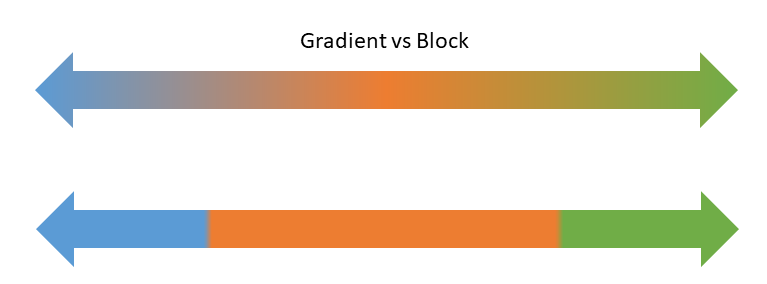500 words a week - Some thoughts on injury rehabilitation
“The art of medicine consists of amusing the patient while nature cures the disease.” – Voltaire
A great physio once told me that it is our role within injury rehab to optimize the healing process to enable the athlete to return to sport at a faster rate than what nature would have done had we not had any influence on the player. Adding to this we should attempt to further strengthen the associated area to ensure risk of re-injury remains low and ensure no other links in the chain are affected. By continuingly asking ourselves are we just merely amusing the athlete or are we actively aiding the rehab process, hopefully we can add more value to the process. I understand that there will be times when it is our role to amuse the athlete while allowing the body to heal, but I think this is a shorter process than is usually prescribed.
Rehab should be a gradient process, in which there are little distinct changes in the phases and it is harder to determine where one phase has ended and one has begun. Too often we see a block approach with distinct changes in what our athlete is doing. As we progress throughout the gradient rehab process, the rehab should blend towards the sport practice. Despite using a gradient approach we still use elements of phase potentiation, in that we know what we are implementing at the current point with our athlete will aid the next step we want to progress too.
I greatly valued the Speedworks Virtual Internship in which Alan Murdoch, Jonas Dodoo and others talk about many aspects of rehab. A few big things that have stood out to me are:
The early rehab phase should not just look like back squatting and RDL-ing, we can implement various running type coordination tasks for our athletes so long as there are no contraindications. In line with this, it’s all good training the muscles to produce more force and get stronger, but are you helping the athlete learn to use and move with this increased capacity? Working on coordination and protecting against disinhibition are not well targeted in the tradition rehab process. Just getting rid of pain doesn’t return physical characteristics, getting function back is essential for performance.
All injury rehab programmes have the same end goal in mind, returning a player to sport. By analysing the critical determinants of what your sport involves, we can work backwards from this. As Dan Pfaff states “make plan B as close to plan A as possible”. I believe implementing a running based rehab programme, like what Simon Harris wrote about for Sportsmith is beneficial. Maybe your athlete cannot run at this current time point, but can they perform simple running technique drilling or basic locomotive tasks?
As Bosch states his book “Strength Training and Coordination: An Integrative Approach”:
“The debate about the optimal rehabilitation process, which in practice often results in stalemate, could perhaps be relaunched by no longer building up from low-intensity to high intensity movement, but by first analysing the biomechanics of high-intensity movement and then applying the analysis to the low intensity movements at the start of the rehabilitation process. This would create a better connection between low-intensity and high-intensity movement”
“The main principle is to bridge the gap to contextual high-intensity movement as early as possible”.
